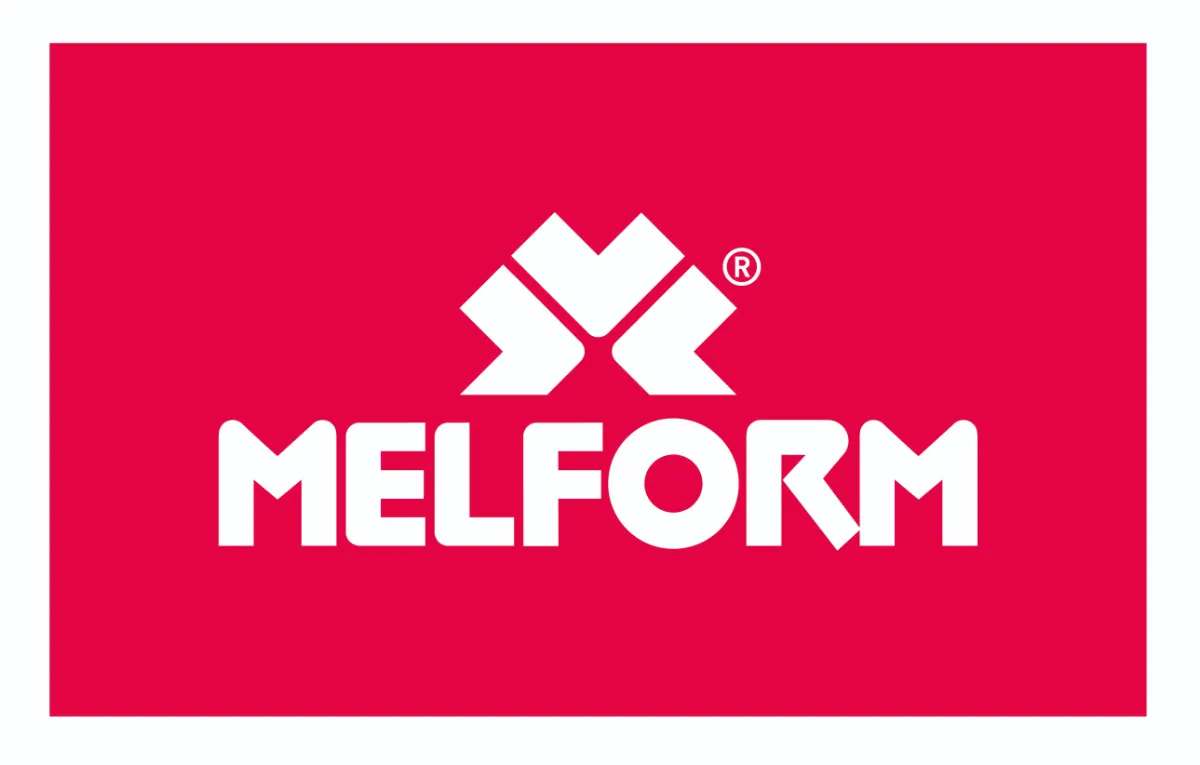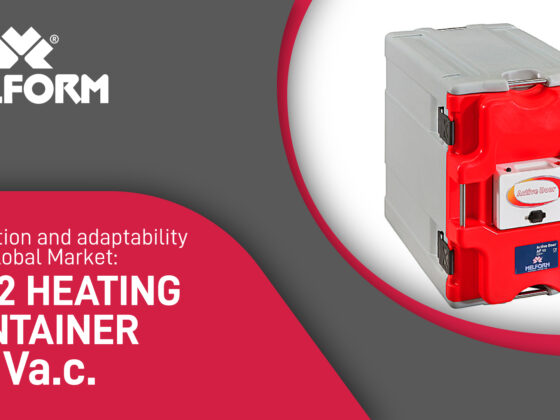
Food waste represents a global challenge with significant economic, environmental, and social impacts. According to the FAO, approximately one-third of the food produced worldwide is wasted each year, totaling 1.3 billion tons of food lost.
One of the main causes of this waste is inadequate management of the cold chain, which compromises the freshness and safety of perishable food during transportation and storage.


2.1 Main causes of food waste
Food losses occur at various stages of the supply chain:
- Production and harvesting: Approximately 14% of the food produced is lost due to distribution and storage problems before reaching consumers.
- Storage: Inefficiencies at this stage can lead to losses of up to 10%, due to poor preservation practices and malfunctions of refrigeration systems.
- Transportation: This is a critical phase, where losses can reach 20-25%, primarily due to temperature fluctuations and distribution delays.
- Retail: About 15-20% of food losses occur at retail points, where inadequate inventory management and refrigeration problems can lead to spoilage.
- Final Consumer: This is the highest risk point, with losses estimated between 30% and 40%, mainly due to inadequate domestic storage practices.
As the data shows, the most critical stages in the food supply chain are transportation and the final consumer.

2.2 Food waste in GDO and foodservice
In the GDO (large-scale distribution) sector, food waste represents about 15%, while in the foodservice sector, it rises to 21%. A large portion of this waste is due to inefficiencies in managing the cold chain, particularly during the transportation and storage of fresh and perishable products.


3.1 Challenges in cold chain management
The cold chain is essential for preserving foods such as meat, fish, and dairy at optimal temperatures. However, inefficiencies, such as malfunctions in refrigeration systems or inadequate storage, can lead to premature deterioration of food. UNEP estimates that inadequate cold chain management contributes to food losses equivalent to about 12% of global production.
3.2 Economic and environmental impact
Food waste not only causes economic loss but also has serious environmental implications. According to the FAO, food waste is responsible for about 8-10% of global greenhouse gas emissions. Additionally, wasted food generates methane, a greenhouse gas that is 25 times more potent than CO2 when it decomposes in landfills.

4.1 Advantages of ATP certified containers
MELFORM’s isothermal containers, certified according to the ATP (Agreement on International Transport of Perishable Foodstuffs), represent an effective solution for maintaining food at the proper temperature during transportation, significantly reducing freshness loss.
These containers are designed to facilitate the distribution of perishable products without interrupting the cold chain, ensuring a seamless transition from the production or storage center to the end user. Moreover, thanks to their modularity and versatile use, MELFORM containers optimize transportation within the vehicle, allowing for the carriage of products that require different temperature levels, both fresh and frozen.
This approach reduces the number of vehicles dedicated to food logistics, making the entire process more efficient.

4.2 Products and customization
MELFORM offers a diverse range of isothermal containers, including passive models equipped with eutectic plates, refrigerated containers, and autonomous refrigerated units, such as the new Koala Green line with rechargeable batteries.
These different types of containers are specifically designed to maintain the temperature of products consistently, effectively addressing the inefficiencies in the cold chain.
The modular design of MELFORM containers allows them to be customized in size, making them adaptable to various types of transport vehicles, from small vans to large logistics trucks. This flexibility not only optimizes temperature management during transportation but also ensures that both fresh and frozen products can be transported together. As a result, the need for multiple vehicles dedicated solely to food logistics is reduced, enhancing overall efficiency and sustainability in the supply chain.
4.3 Food safety
Food safety is a crucial aspect of cold chain management. The use of MELFORM’s isothermal containers not only helps preserve the freshness of food but also ensures that safety standards are met. Perishable foods, such as meat and dairy, must be maintained at specific temperatures to prevent the growth of harmful bacteria.
MELFORM’s isothermal containers reduce the risk of contamination and spoilage, ensuring that food arrives safely and fresh to the end consumer.

Food waste is an urgent issue affecting all sectors of society, with negative impacts on both the economy and the environment.
Inefficiencies in the cold chain represent one of the main factors contributing to these losses, with significant waste occurring at every stage, from production to final consumption.
Adopting innovative solutions, such as MELFORM’s isothermal containers, is crucial to addressing this problem.
These containers not only maintain the freshness of food but also ensure food safetyby reducing the risk of contamination and spoilage.
With the ability to customize containers based on specific transport needs, MELFORM offers an effective response to the challenges of modern food logistics.
Investing in advanced temperature management technologies is a crucial step toward a more sustainable and resilient food supply chain. Companies that adopt these tools can not only reduce food waste and improve product quality but also actively contribute to the fight against climate change by reducing greenhouse gas emissions associated with food waste production and disposal.
In conclusion, tackling the issue of food waste through cold chain optimization is not only an economic responsibility but also an ethical imperative. It is essential that all stakeholders, from production to consumption, work together to create a more efficient and sustainable food system.

Sources:
State of food agriculture – Food and Agriculture Organization
Report Sustainable food cold chain opportunities challenges and way forwards – UNEP.org
spreco alimentare nel 2020 52mln ton di alimenti nella spazzatura” – giovanimpresa.coldiretti.it
Sustainable food cold chain opportunities challenges and way forwards“ – UNEP.org
Un quinto del cibo sprecato nel mondo mentre 783 mln di persone soffrono la fame – asvis.it .
Se sprecare cibo è una questione di testa – www.duegradi.eu




